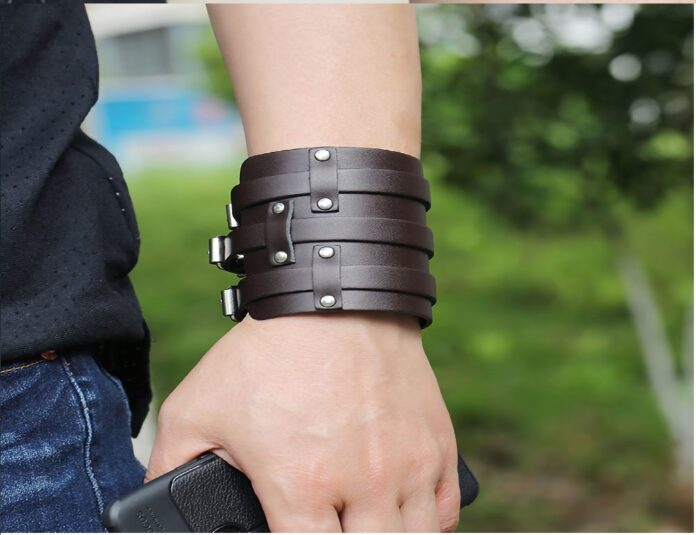In a time when wearable technology is growing in acceptance, a recent study has revealed an unexpected worry about wristbands. In a recent study, it was shown that wristbands, including fitness trackers, smartwatches, and decorative items, can host dangerous pathogens including E. coli and Staphylococcus. This information encourages us to reevaluate our relationships with these pervasive devices and questions the cleanliness of them.
The Research
A group of scientists from Florida Atlantic University’s Charles E. Schmidt College of Science conducted the investigation with the intention of determining the level of microbial contamination on wristbands. The results of samples taken from a variety of people wearing various bracelets were concerning. E. coli and Staphylococcus, among other germs linked to skin and respiratory diseases, were found, according to the research.
Food poisoning and urinary tract infections are known to be brought on by E. coli, which is normally found in the intestines of both humans and animals. On the other hand, Staphylococcus is a common bacterium that, if left untreated, can cause pneumonia and more serious illnesses like skin infections. There are worries that these bacteria on bracelets could spread to users’ skin and the environment.
The Facts About Bacteria on Wristbands
The study examined the elements causing the growth of dangerous germs on wristbands. There were several causes noted:
Wristbands come into direct touch with the skin, which provides the perfect habitat for bacteria to grow. The moisture required for bacterial development is produced by the skin’s warmth and moisture production.
Sweat and Moisture: During physical activity, wristbands frequently gather sweat and moisture, providing a humid environment that encourages bacterial growth. Salts and minerals found in sweat can be used as bacterium food.
Lack of Maintenance: Unlike electronics like smartphones or computers, which users may clean on a regular basis, wristbands are frequently neglected in terms of maintenance. Because of this carelessness, bacteria can gather and grow over time.
Complexity of Design: Numerous bracelets include elaborate designs with nooks and crannies that are challenging to completely clean. In these confined areas, bacteria can hide and elude even the most thorough cleaning procedures.
Recommendations and Implications
The millions of people who use wristbands on a daily basis will be significantly impacted by the study’s conclusions. Particularly in people with compromised immune systems, the potential transmission of hazardous microorganisms from these devices to the skin can result in skin infections, respiratory difficulties, and more serious health problems.
Experts advise the following to reduce these risks:
Wristbands should be cleaned on a regular basis using mild soap and water. Pay particular attention to the spots on your skin where the band touches you.
Avoid Excessive perspiration: Limit wearing wristbands for long periods of time, especially when engaging in physically demanding activities that cause excessive perspiration.
Select Breathable Materials: Choose bracelets made of breathable materials that promote better moisture evaporation.
Alternatives to Consider: People who are worried about bacterial contamination may want to use wristbands that can be removed and cleaned, or they may want to look into other wearable devices that are less prone to collect dangerous bacteria.
Although wristbands have unquestionably altered the way we use technology and monitor our health, the results of the latest study serve as a reminder of these gadgets’ possible drawbacks. The fact that wristbands can harbor dangerous pathogens like E. coli and Staphylococcus emphasizes the importance of enhanced knowledge and responsible usage. Users can maintain their enjoyment of wearable technology while reducing the hazards to their health by adopting regular cleaning procedures and making wise decisions.
(Using data from ANI)


